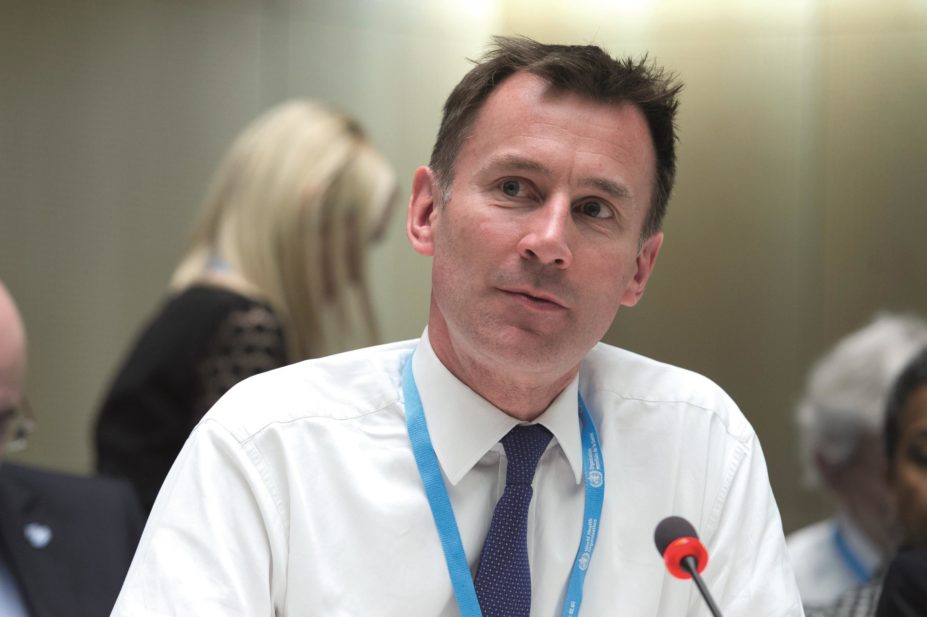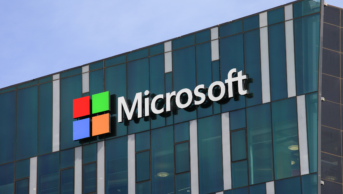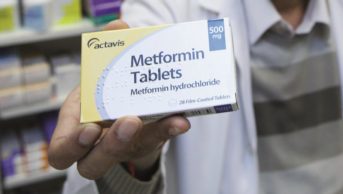
Violaine Martin / Department of Health
The government is investing £4.2bn in NHS information technology (IT), including money that will facilitate pharmacists’ access to patients’ summary care records and to introduce a ‘click and collect’ service for prescriptions.
The announcement by health secretary Jeremy Hunt on 7 January 2016 forms part of the government’s promise to make the NHS in England paperless by 2020.
Some £1.8m will be spent on the abolition of paper patient records. IT systems will also be developed so that they work across organisations.
A sum of £1bn has been earmarked for cyber security, IT infrastructure costs and achieving data consent. The development of “digital primary care”, which includes aspects related to medicines, has been allocated £750m and another £400m is earmarked for introducing free wireless internet access across the NHS and developing a new NHS website that will host approved smart phone apps. Some £250m has been set aside for the development of data for outcomes and research.
The expectation is that by March 2017 at least 10% of patients will use online systems or apps to access GP services and that by 2020 some 25% of patients with long-term conditions will monitor their health remotely and send real-time data to health professionals.
“The government is determined to learn the lessons from previous technology projects to ensure that IT solutions in place across the country are useable and beneficial to the clinical community,” says the Department of Health, which adds that it has already found £1bn towards the IT investment and is discussing with NHS England where the balance should come from. No details were given about the government’s plans for a ‘click and collect’ service for prescriptions, other than to say that the government is developing it.
The announcement coincides with the decision to appoint US IT expert Bob Wachter, chair of the department of medicine at the University of California, to review current NHS IT systems to ensure that the health service will be paperless by 2020.


